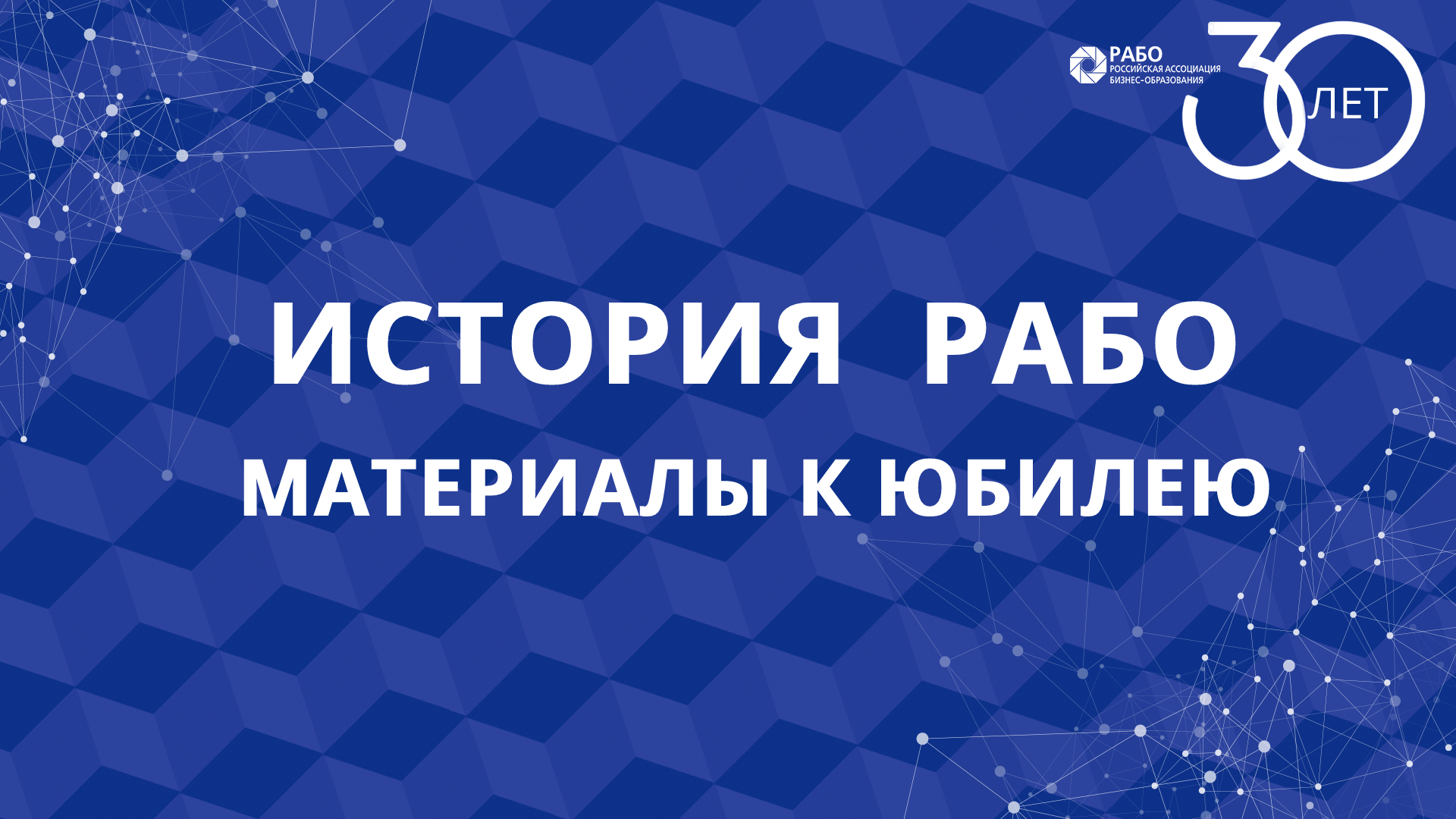International economics
С открытой датой
Описание мероприятия
Язык обучения: английскийОписание программы
This course is an analytical course in international trade and international finance. Students are introduced to the theories with which to understand international trade patterns, examine trade policies, analyse the determinants of exchange rates and financial crises and address topical issues of international economic interdependence between states.
Aims and objectives
- To acquire the analytical methods needed and understanding of how and when to apply different models and approaches to events in the world economy.
- To provide an understanding of the intellectual and practical problems that arise from the economic interaction between countries.
- To offer explanations of the international pattern of trade and specialisation and of the reasons why similar economies often trade more with each other than with dissimilar ones.
- To provide an account of the sources of the gains from trade.
- To offer explanations, in the monetary sphere, of the determinants of exchange rates; of the timing and causes of financial crises and an analysis of the channels of international economic interdependence.
Assessment
This course is assessed by a three-hour unseen written examination.
Учебный план:
The module international economics isdivided into two parts: international tradeand international finance (sometimesreferred to as internationalmacroeconomics or internationalmonetary economics). This split essentiallycoincides with the distinction between themicroeconomics and the macroeconomicsof the open economy.
International trade covers the reasons for trade and explanation of trade patterns and the gains accruing from trade or from restricting trade. These are core areas and call for extensive coverage. Linked to this core are a number of specific issues which must also be studied: increasing returns and trade; international factor movements; growth and trade; income distribution and trade; economic integration; multinational enterprises; and ‘North-south’ issues. Empirical evidence supplements the theoretical treatment. The European Union (EU), World Trade Organization (WTO) and the United Nations Conference on Trade and Development (UNCTAD) are institutionally involved in trade policy issues and their major concerns are included in the subjects to be studied.
International finance covers the balance of payments, exchange rates and open-economy macroeconomics. Linked to this core are a number of specific issues which must also be studied: national income accounting; spot and forward markets; parity conditions; exchange rate determination; exchange rate regimes; exchange rate stability and currency crises; and currency unions. Empirical evidence, though often inadequate and conflicting, is relevant in many areas. Issues associated with the European Monetary System (EMS), the International Monetary Fund (IMF) and, in general, with international monetary relations are also included in the syllabus.
Результат обучения:
At the end of the course and having completed the essential reading and activities students should be able to:
- discuss and explain specific policy issues such as ‘environmentalism as protectionism’; international dumping; the choice of exchange rate regime; the desirability of free capital flows
- apply a specific framework to illustrate the connection between a variety of models and approaches. Explain the connections between Ricardian, Heckscher-Ohlin and the specific factors models in trade theory, or between the ‘monetary approach’ and the ‘asset approach’ in exchange rate theory
- explain how international economic theory has been shaped by real world events.
Требования к поступающим:
If you are studying for this course as part of a BSc degree, you must have already passed
- EC2065 Macroeconomics and either
- MN3028 Managerial economics or
- EC2066 Microeconomics




